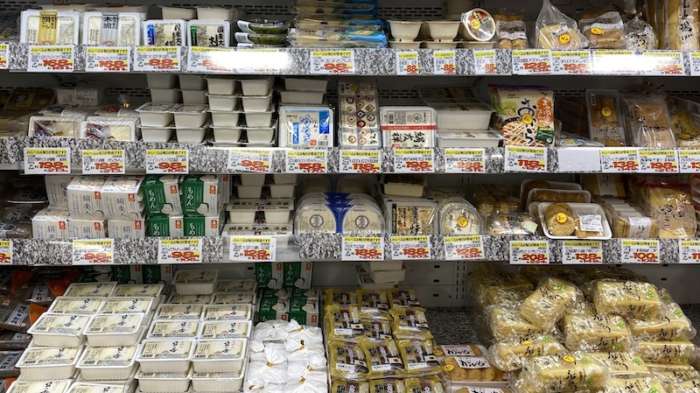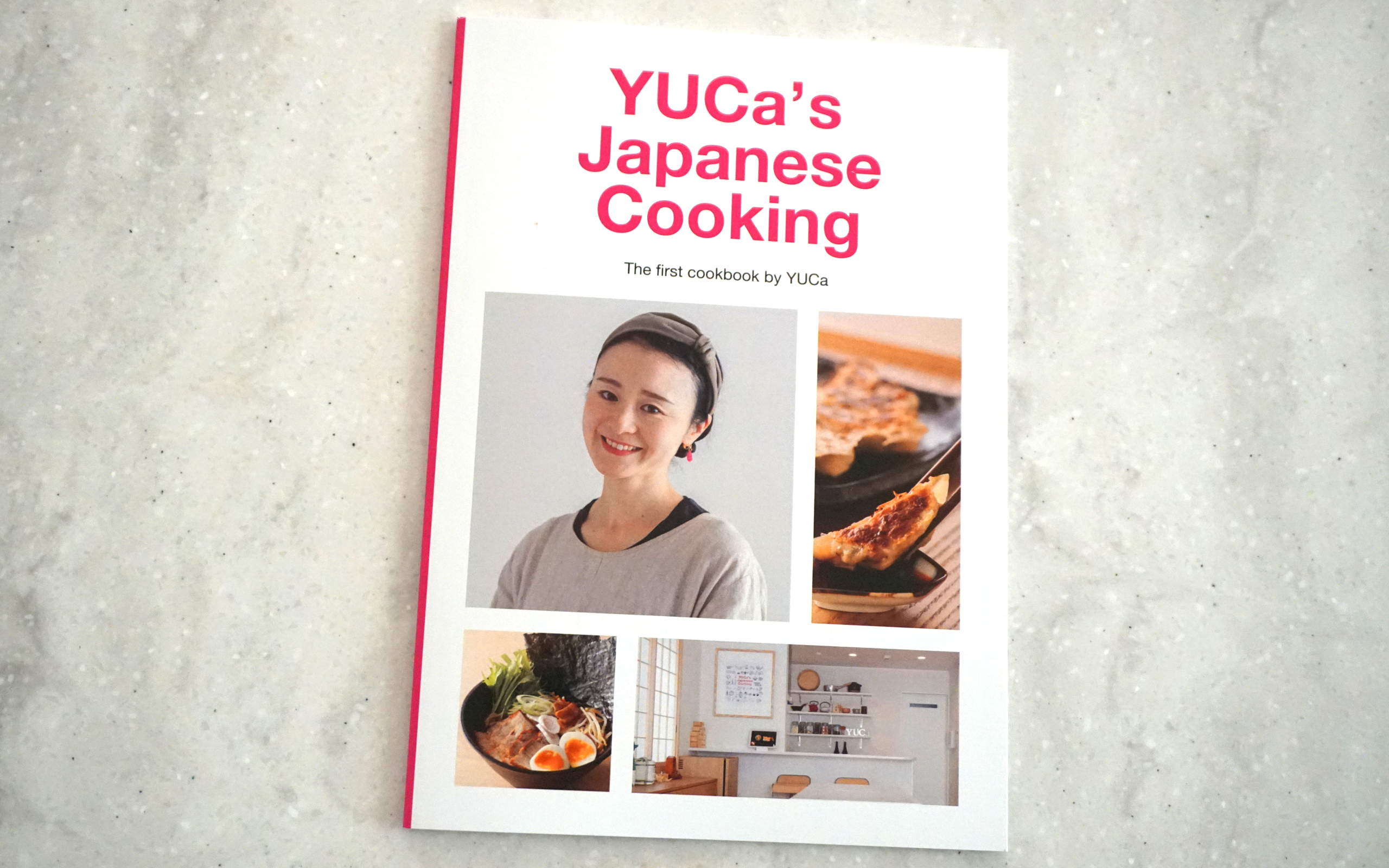Soy Products for Japanese Cooking
The soy bean, a rich source of protein, is central to the Japanese diet. Soy products include tofu, soy sauce, and miso. Tofu can also be pronounced dofu, as in Koya-dofu (freeze-dried tofu) or yudofu (tofu hot pot).

Tofu
Tofu in Japan can be a reservation, a far cry from the bland blocks commonly found commonly found elsewhere.
Abura-age (油揚げ) : Pieces of tofu from which excess water has been pressed, and then deep-fried
Agedashi dofu (揚げ出し豆腐) : Tofu that is rolled in a starch (katakuriko0 deep-fried, and covered in a savory soy and dashi sauce
Atsu-age (厚揚げ) : Thick pieces of tofu that are deep-fried
Ganmodoki (がんもどき) : Tofu that is mixed with vegetables from both land and sea, molded into balls, and deep-fried
Hiyayakko (冷奴) : Chilled tofu, popular in summer
Kinugoshi dofu (絹ごし豆腐) : Soft or silken tofu
Koya-dofu (高野豆腐) : Freeze-dried tofu, named after Mount Koya where it was originally made
Momen dofu (木綿豆腐) : cotton tofu or firm tofu, so called because the tofu was traditionally strained through a piece of cotton cloth
Yakidofu (焼き豆腐) : Grilled tofu, often used in hot pots
Yudofu (湯豆腐) : Tofu hot pot, a popular dish in the winter
Zaru dofu (ざる豆腐) : Very soft tofu named for the zaru, a bowl made from bamboo in which it is formed
Other soy products
Daizu (大豆) : Dried soybeans
Edamame (枝豆) : fresh soybeans, usually served boiled and seasoned with sea salt
Kinako (きなこ) : Flour made from toasted soybeans; a popular ingredients in wagashi (Japanese confections)
Miso (みそ) : Fermented paste, which is made from soybeans and sea salt combined with koji. More in detail
Okara (おから) : The pulp left over after steamed soy beans are pressed to make soymilk; low in fat and rich in fiber, okra may be mixed with vegetables, or used as an ingredient in croquette
Natto (納豆) : Fermented soybeans, famous for a their funky aroma and gooey texture.
Tonyu (豆乳) : Soy milk
Yuba (湯葉) : The skin from soy milk that has been heated; best when served on its own with a bit of soy sauce and wasabi, it can also be used to wrap foods or as an ingredient.
* Reference of this article : Food Sake Tokyo (The Terroir Guides)









